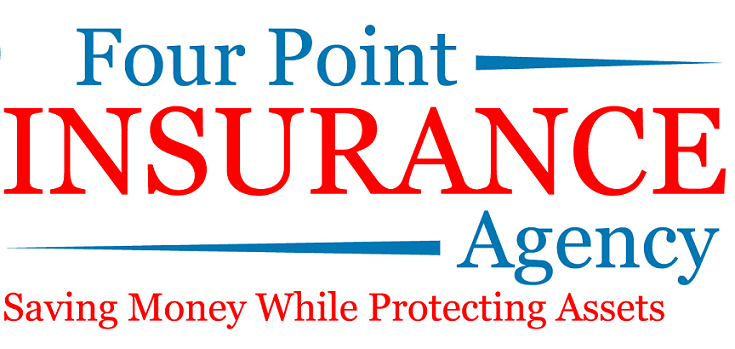5 Steps to Prepare and Respond to Wildfires

It’s a sad fact that wildfires are both devastating and increasing in frequency. In the first 10 months of 2018 alone, the United States experienced more than 50,000 wildfires counted1; in the past 10 years, insurer losses from wildfires have totaled $5.1 billion.2 To help ensure that your organization stands ready to protect its assets and mitigate risks should this disaster strike, review this five-step action plan.
#1
Assess, inspect, and fortify
Determine your property’s proximity to wildfire-prone areas in order to develop appropriate levels of hazard-protection. Businesses can obtain their Fire Hazard Severity Zone rating from local building or fire officials, or from their insurer.
Maintain an interior fire-protection system that includes a monitored fire-sprinkler system, or monitored smoke and/or heat detectors.
Look for areas where smoke or embers could enter and seal with weatherstrip, caulk and insulation.
Set up regular tests of standby generators for emergency power.
Maintain all equipment in good condition to prevent creating a spark that could create a fire.
#2
Create property safety zones
Establish a Hot Work policy that clearly outlines procedures that should be followed when welding, soldering, cutting or other activities involving an open flame.
Focus on reducing risks in the area between a building and a possible approaching wildfire, known as “defensible space.”
Establish a fire watch process by assigning individuals to monitor the area during and after a task that could spark an incident (such as welding) and to extinguish a small fire or notify authorities if necessary.
Keep combustible materials at least 20 feet away from buildings, locate propane tanks 30 feet from structures, and clear a 10-foot area around the tanks.
Create entrances and driveways that are 12-feet wide and have 13.5 feet of vertical clearance – big enough to accommodate fire or emergency vehicles.
If your business is a ranch or farm, create 100-foot-wide fire breaks around pastures and crops.
Mow property and remove debris regularly.
Promote a smoke-free facility or have safe designated smoking areas for employees.
#3
Use fire-resistant materials
Roofing materials should ideally have a Class A fire rating.
Choose stucco, stone, or brick to cover exterior walls.
Treat wood, siding, decking or trim with UL-approved fire-retardant chemicals.
Use aluminum gutters and downspouts.
Use double-paned or tempered glass for exterior windows; all operational windows should have screens covering sections that can open.
#4
Boost protection with landscape management
Use landscaping options in lieu of mulch or other combustible ornamentation.
Trim 15-foot space between tree crowns, prune branches that extend over roofs or chimneys, and remove limbs within 15 feet of the ground.
Choose low-growing plantings with a minimal seasonal accumulation of dead vegetation.
Remove growth and underground below utility feeds, around transformers and substations. Eliminate combustible fire storage during fire season such stacked pallets, empty dunnage and chemical drums.
Maintain fire breaks around utility feeds such as power lines and pipe lines. Key access points to the lines or plant/rig/station should be kept clear.
#5
Verify and update contingency plans
Determine at-risk assets by keeping updated inventories and appraisals.
Maintain copies of vital records off site, including utility plans, computer backups, and business, employee, and customer records.
Have a plan in place to redirect phone lines to cell phones or answering service.
Ensure that emergency preparedness supplies and equipment are on hand and ready for use.
A fire occurs in a structure at the rate of one every 63 seconds.3 You can reduce the risks and lower your business’ vulnerability to wildfires through comprehensive evaluation and preventive action. Learn more about Liberty Mutual’s dedicated resources for added protection from this and other natural and manmade threats here.

No responses yet